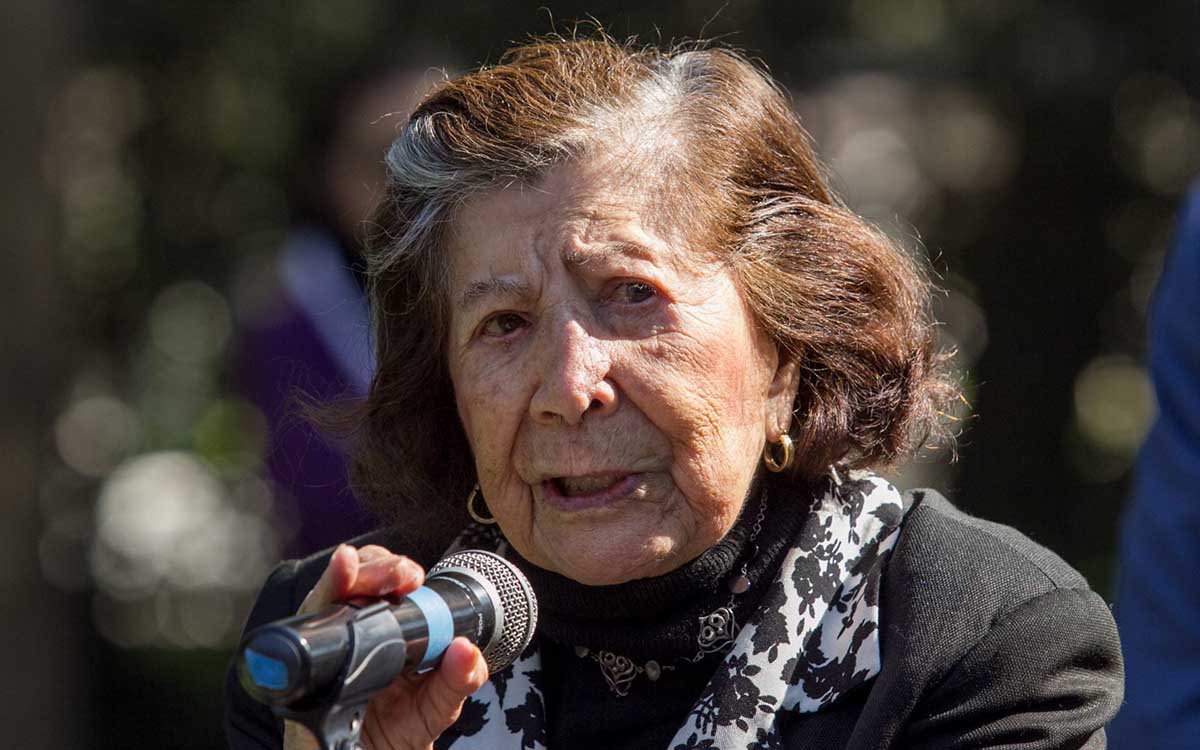
(via Aristegui Noticias)
The commercialisation of this particular type of doll is the result of an initiative of Senator Guadalupe Rivera Marín (Durango, 2014).

In an interview, she shared the story of how she witnessed Mazahua and Otomí women getting roughed up by police officers and taken away for attempting to sell fruits in the street (Durango, 2014). She found out that the Mazahua and Otomí women were in poor economic situations and lived in rather bad conditions. Deeply touched by this event, she felt responsible for changing the situation.
In an attempt to improve their quality of life, the Mazahua and Otomí women were given separate workshop areas so that they would be off the street (Durango, 2014). Initially, they sold a variety of wares from these shops, like ceramics and rugs (Durango, 2014).
As Barbie dolls started becoming more popular, Guadalupe, in cooperation with her assistants and her husband, became inspired to create a doll with similar popularity and success (Durango, 2014). In 1964, in one of the Otomí workshops in Coyoacán, a prototype for the Lelé doll was created, based on the traditional Mazahua style of dress, as it was more vivid and outspoken (Durango, 2014).
However, in 2018, the town Amealco in the state of Querétaro was officially named as the birthplace of the Lelé doll as the doll was declared a cultural heritage (All México, 2023). In doing so, the Otomí people of Querétaro became the official heirs to this piece of heritage, even though Otomí from other regions, Mazahua, and other indigenous groups also have ties to this and similar rag dolls in their past (Aguirre Mendoza & Borja Cruz, 2020). In that sense, 60 years after its prototype, the commercial Lelé rag doll still sparks conversation about societal divides and inequalities.